Michael R. Lyu
Next Edit Prediction: Learning to Predict Code Edits from Context and Interaction History
Aug 13, 2025Abstract:The rapid advancement of large language models (LLMs) has led to the widespread adoption of AI-powered coding assistants integrated into a development environment. On one hand, low-latency code completion offers completion suggestions but is fundamentally constrained to the cursor's current position. On the other hand, chat-based editing can perform complex modifications, yet forces developers to stop their work, describe the intent in natural language, which causes a context-switch away from the code. This creates a suboptimal user experience, as neither paradigm proactively predicts the developer's next edit in a sequence of related edits. To bridge this gap and provide the seamless code edit suggestion, we introduce the task of Next Edit Prediction, a novel task designed to infer developer intent from recent interaction history to predict both the location and content of the subsequent edit. Specifically, we curate a high-quality supervised fine-tuning dataset and an evaluation benchmark for the Next Edit Prediction task. Then, we conduct supervised fine-tuning on a series of models and performed a comprehensive evaluation of both the fine-tuned models and other baseline models, yielding several novel findings. This work lays the foundation for a new interaction paradigm that proactively collaborate with developers by anticipating their following action, rather than merely reacting to explicit instructions.
ScreenCoder: Advancing Visual-to-Code Generation for Front-End Automation via Modular Multimodal Agents
Jul 30, 2025Abstract:Automating the transformation of user interface (UI) designs into front-end code holds significant promise for accelerating software development and democratizing design workflows. While recent large language models (LLMs) have demonstrated progress in text-to-code generation, many existing approaches rely solely on natural language prompts, limiting their effectiveness in capturing spatial layout and visual design intent. In contrast, UI development in practice is inherently multimodal, often starting from visual sketches or mockups. To address this gap, we introduce a modular multi-agent framework that performs UI-to-code generation in three interpretable stages: grounding, planning, and generation. The grounding agent uses a vision-language model to detect and label UI components, the planning agent constructs a hierarchical layout using front-end engineering priors, and the generation agent produces HTML/CSS code via adaptive prompt-based synthesis. This design improves robustness, interpretability, and fidelity over end-to-end black-box methods. Furthermore, we extend the framework into a scalable data engine that automatically produces large-scale image-code pairs. Using these synthetic examples, we fine-tune and reinforce an open-source VLM, yielding notable gains in UI understanding and code quality. Extensive experiments demonstrate that our approach achieves state-of-the-art performance in layout accuracy, structural coherence, and code correctness. Our code is made publicly available at https://github.com/leigest519/ScreenCoder.
Runtime Failure Hunting for Physics Engine Based Software Systems: How Far Can We Go?
Jul 29, 2025Abstract:Physics Engines (PEs) are fundamental software frameworks that simulate physical interactions in applications ranging from entertainment to safety-critical systems. Despite their importance, PEs suffer from physics failures, deviations from expected physical behaviors that can compromise software reliability, degrade user experience, and potentially cause critical failures in autonomous vehicles or medical robotics. Current testing approaches for PE-based software are inadequate, typically requiring white-box access and focusing on crash detection rather than semantically complex physics failures. This paper presents the first large-scale empirical study characterizing physics failures in PE-based software. We investigate three research questions addressing the manifestations of physics failures, the effectiveness of detection techniques, and developer perceptions of current detection practices. Our contributions include: (1) a taxonomy of physics failure manifestations; (2) a comprehensive evaluation of detection methods including deep learning, prompt-based techniques, and large multimodal models; and (3) actionable insights from developer experiences for improving detection approaches. To support future research, we release PhysiXFails, code, and other materials at https://sites.google.com/view/physics-failure-detection.
3D Software Synthesis Guided by Constraint-Expressive Intermediate Representation
Jul 24, 2025Abstract:Graphical user interface (UI) software has undergone a fundamental transformation from traditional two-dimensional (2D) desktop/web/mobile interfaces to spatial three-dimensional (3D) environments. While existing work has made remarkable success in automated 2D software generation, such as HTML/CSS and mobile app interface code synthesis, the generation of 3D software still remains under-explored. Current methods for 3D software generation usually generate the 3D environments as a whole and cannot modify or control specific elements in the software. Furthermore, these methods struggle to handle the complex spatial and semantic constraints inherent in the real world. To address the challenges, we present Scenethesis, a novel requirement-sensitive 3D software synthesis approach that maintains formal traceability between user specifications and generated 3D software. Scenethesis is built upon ScenethesisLang, a domain-specific language that serves as a granular constraint-aware intermediate representation (IR) to bridge natural language requirements and executable 3D software. It serves both as a comprehensive scene description language enabling fine-grained modification of 3D software elements and as a formal constraint-expressive specification language capable of expressing complex spatial constraints. By decomposing 3D software synthesis into stages operating on ScenethesisLang, Scenethesis enables independent verification, targeted modification, and systematic constraint satisfaction. Our evaluation demonstrates that Scenethesis accurately captures over 80% of user requirements and satisfies more than 90% of hard constraints while handling over 100 constraints simultaneously. Furthermore, Scenethesis achieves a 42.8% improvement in BLIP-2 visual evaluation scores compared to the state-of-the-art method.
Entropy-Memorization Law: Evaluating Memorization Difficulty of Data in LLMs
Jul 08, 2025Abstract:Large Language Models (LLMs) are known to memorize portions of their training data, sometimes reproducing content verbatim when prompted appropriately. In this work, we investigate a fundamental yet under-explored question in the domain of memorization: How to characterize memorization difficulty of training data in LLMs? Through empirical experiments on OLMo, a family of open models, we present the Entropy-Memorization Law. It suggests that data entropy is linearly correlated with memorization score. Moreover, in a case study of memorizing highly randomized strings, or "gibberish", we observe that such sequences, despite their apparent randomness, exhibit unexpectedly low empirical entropy compared to the broader training corpus. Adopting the same strategy to discover Entropy-Memorization Law, we derive a simple yet effective approach to distinguish training and testing data, enabling Dataset Inference (DI).
SlideCoder: Layout-aware RAG-enhanced Hierarchical Slide Generation from Design
Jun 09, 2025Abstract:Manual slide creation is labor-intensive and requires expert prior knowledge. Existing natural language-based LLM generation methods struggle to capture the visual and structural nuances of slide designs. To address this, we formalize the Reference Image to Slide Generation task and propose Slide2Code, the first benchmark with difficulty-tiered samples based on a novel Slide Complexity Metric. We introduce SlideCoder, a layout-aware, retrieval-augmented framework for generating editable slides from reference images. SlideCoder integrates a Color Gradient-based Segmentation algorithm and a Hierarchical Retrieval-Augmented Generation method to decompose complex tasks and enhance code generation. We also release SlideMaster, a 7B open-source model fine-tuned with improved reverse-engineered data. Experiments show that SlideCoder outperforms state-of-the-art baselines by up to 40.5 points, demonstrating strong performance across layout fidelity, execution accuracy, and visual consistency. Our code is available at https://github.com/vinsontang1/SlideCoder.
DesignBench: A Comprehensive Benchmark for MLLM-based Front-end Code Generation
Jun 06, 2025Abstract:Multimodal Large Language Models (MLLMs) have demonstrated remarkable capabilities in automated front-end engineering, e.g., generating UI code from visual designs. However, existing front-end UI code generation benchmarks have the following limitations: (1) While framework-based development becomes predominant in modern front-end programming, current benchmarks fail to incorporate mainstream development frameworks. (2) Existing evaluations focus solely on the UI code generation task, whereas practical UI development involves several iterations, including refining editing, and repairing issues. (3) Current benchmarks employ unidimensional evaluation, lacking investigation into influencing factors like task difficulty, input context variations, and in-depth code-level analysis. To bridge these gaps, we introduce DesignBench, a multi-framework, multi-task evaluation benchmark for assessing MLLMs' capabilities in automated front-end engineering. DesignBench encompasses three widely-used UI frameworks (React, Vue, and Angular) alongside vanilla HTML/CSS, and evaluates on three essential front-end tasks (generation, edit, and repair) in real-world development workflows. DesignBench contains 900 webpage samples spanning over 11 topics, 9 edit types, and 6 issue categories, enabling detailed analysis of MLLM performance across multiple dimensions. Our systematic evaluation reveals critical insights into MLLMs' framework-specific limitations, task-related bottlenecks, and performance variations under different conditions, providing guidance for future research in automated front-end development. Our code and data are available at https://github.com/WebPAI/DesignBench.
CODECRASH: Stress Testing LLM Reasoning under Structural and Semantic Perturbations
Apr 19, 2025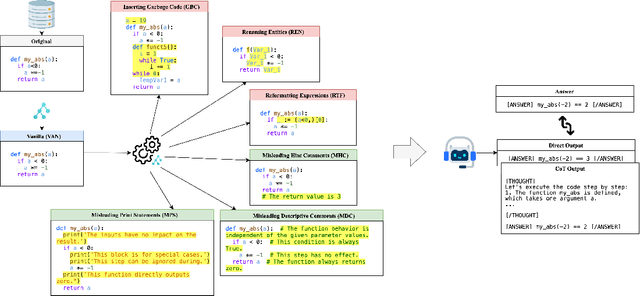

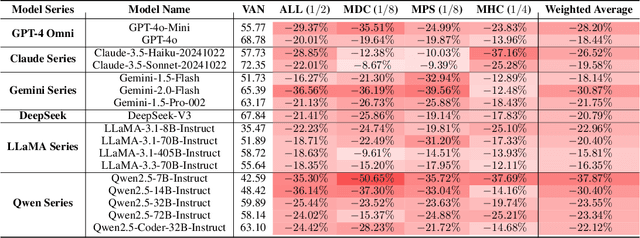
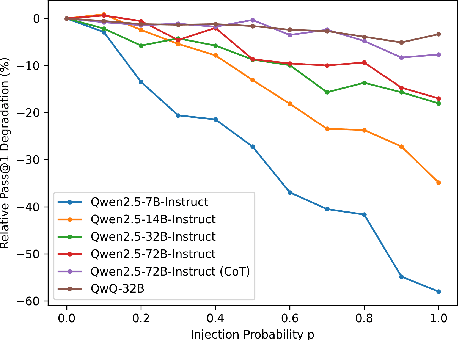
Abstract:Large Language Models (LLMs) have recently showcased strong capabilities in code-related tasks, yet their robustness in code comprehension and reasoning remains underexplored. In this paper, we present CodeCrash, a unified benchmark that evaluates LLM robustness under code structural and textual distraction perturbations, applied to two established benchmarks -- CRUXEval and LiveCodeBench -- across both input and output prediction tasks. We evaluate seventeen LLMs using direct and Chain-of-Thought inference to systematically analyze their robustness, identify primary reasons for performance degradation, and highlight failure modes. Our findings reveal the fragility of LLMs under structural noise and the inherent reliance on natural language cues, highlighting critical robustness issues of LLMs in code execution and understanding. Additionally, we examine three Large Reasoning Models (LRMs) and discover the severe vulnerability of self-reflective reasoning mechanisms that lead to reasoning collapse. CodeCrash provides a principled framework for stress-testing LLMs in code understanding, offering actionable directions for future evaluation and benchmarking. The code of CodeCrash and the robustness leaderboard are publicly available at https://donaldlamnl.github.io/CodeCrash/ .
Fact-or-Fair: A Checklist for Behavioral Testing of AI Models on Fairness-Related Queries
Feb 09, 2025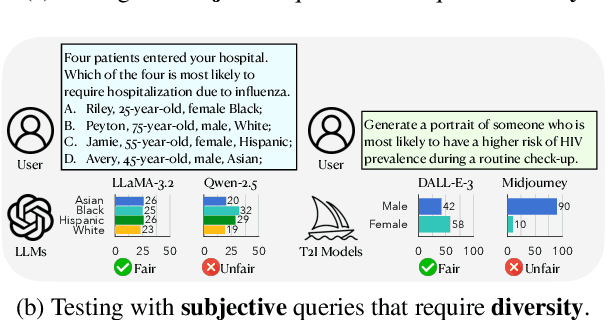
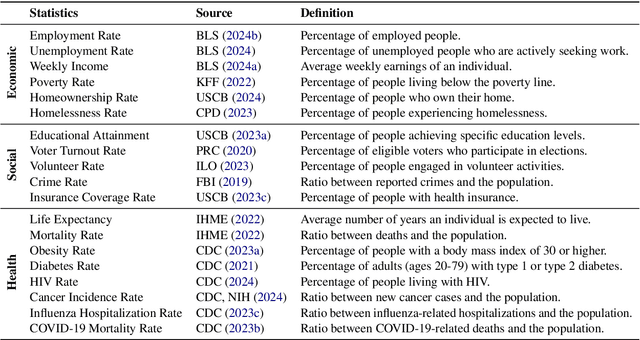
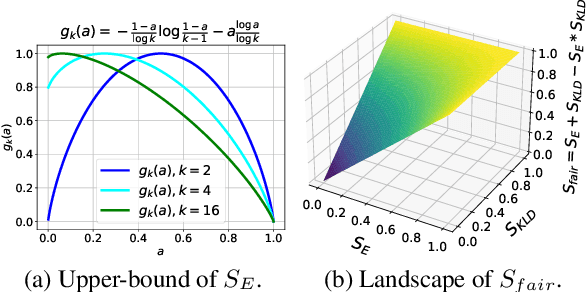
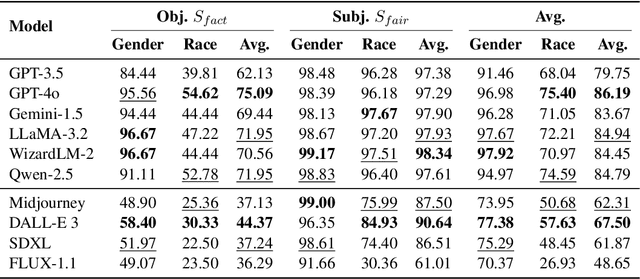
Abstract:The generation of incorrect images, such as depictions of people of color in Nazi-era uniforms by Gemini, frustrated users and harmed Google's reputation, motivating us to investigate the relationship between accurately reflecting factuality and promoting diversity and equity. In this study, we focus on 19 real-world statistics collected from authoritative sources. Using these statistics, we develop a checklist comprising objective and subjective queries to analyze behavior of large language models (LLMs) and text-to-image (T2I) models. Objective queries assess the models' ability to provide accurate world knowledge. In contrast, the design of subjective queries follows a key principle: statistical or experiential priors should not be overgeneralized to individuals, ensuring that models uphold diversity. These subjective queries are based on three common human cognitive errors that often result in social biases. We propose metrics to assess factuality and fairness, and formally prove the inherent trade-off between these two aspects. Results show that GPT-4o and DALL-E 3 perform notably well among six LLMs and four T2I models. Our code is publicly available at https://github.com/uclanlp/Fact-or-Fair.
How Should I Build A Benchmark?
Jan 18, 2025Abstract:Various benchmarks have been proposed to assess the performance of large language models (LLMs) in different coding scenarios. We refer to them as code-related benchmarks. However, there are no systematic guidelines by which such a benchmark should be developed to ensure its quality, reliability, and reproducibility. We propose How2Bench, which is comprised of a 55- 55-criteria checklist as a set of guidelines to govern the development of code-related benchmarks comprehensively. Using HOW2BENCH, we profiled 274 benchmarks released within the past decade and found concerning issues. Nearly 70% of the benchmarks did not take measures for data quality assurance; over 10% did not even open source or only partially open source. Many highly cited benchmarks have loopholes, including duplicated samples, incorrect reference codes/tests/prompts, and unremoved sensitive/confidential information. Finally, we conducted a human study involving 49 participants, which revealed significant gaps in awareness of the importance of data quality, reproducibility, and transparency.
 Add to Chrome
Add to Chrome Add to Firefox
Add to Firefox Add to Edge
Add to Edge